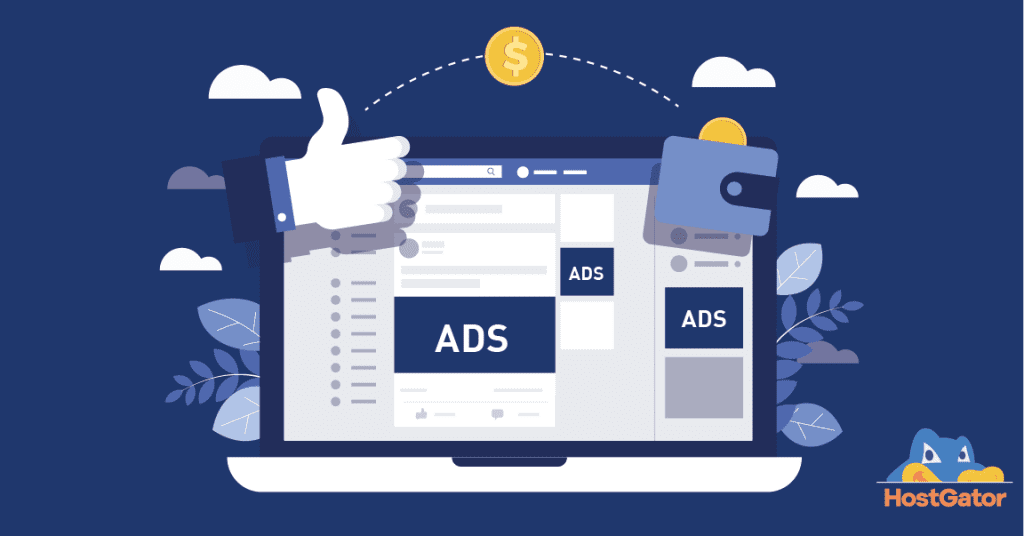
Google Ad Manager is a tool that allows you to manage all your ads. You can create custom reports or use pre-made templates. It also allows you to manage accounts and assign access points. You can also use the tool to create and maintain ad unit, which are the areas of your website or app where ads can be displayed. You can also define the format and size of your ad unit. This tool will generate a codesnippet that can be used to place them on the website.
Google Ad Manager UI
Google Ad Manager offers a simple, intuitive user interface (UI). With a clear, clean layout, you can easily see all the elements of your ad campaign from one screen. Additional information can be viewed to enhance your ad campaigns.
Google Ad Manager's user interface has been revamped and updated. Although the new interface might seem confusing at first, there are still some old features available. You can still link AdSense accounts and Ad Exchange accounts. If you want to use third-party ad networks, you will need authorization as a Service User.

Features
Google Ad Manager is a tool to make it easy to create, manage and monitor your ads. It includes custom reporting, audience solutions and video solutions. You can also get direct support from Google. It allows you to create and manage access points, as well as assign access points. The software provides detailed instructions on how to run a campaign. It also allows you monitor and customize the results. The tool can be used to track how many people have clicked on your ads, and how often.
Google Ad Manager's team function is another useful feature. It allows you and your employees to manage their accounts. For companies or marketing agencies that manage multiple advertising accounts, teams are extremely useful. For large companies, it's a good idea to hire an internal expert to handle all the ad campaigns.
Reporting tools
Google Ad Manager provides many options for reporting on your campaigns. Reports can be created for any date range, including week, month and quarter. You can also filter results based on dimension. The system can schedule reports for you and allow you to share them with others. Reports can be exported to Excel and CSV.
Apart from standard reports, Ad Manager API can be used to create ad hoc data reports. These reports come with tooltips that explain each column and dimension.

Google Ad Manager 360: Cost
Google Ad Manager 360 is a leading ad serving platform that allows publishers to manage inventory and create ad campaigns, as well as pull reports and manage bids. Although the tool is completely free for publishers, they will need to pay to purchase additional ad impressions. For a discounted rate, publishers should check with their Google sales representatives.
Its integration with other Google products and its granularity are some of its strengths. Ad Manager 360 is compatible with Google Analytics to allow dynamic reporting. However, integration requires both products to be used and the 360 version.
FAQ
What is affiliate market?
Affiliate marketing allows you to make money by referring people to other websites that sell products or services. The product owner pays you when someone buys from you.
Affiliate marketing is based on referrals. Referring people to your website is all that's required. All they have to do is to refer them the website.
You can make money without doing any hard selling at all. Selling is as easy as buying.
In minutes, you can also set up an affiliate account.
Referring as many people as possible will increase your commission.
There are two types.
-
Affiliates who are the owners of their own websites
-
Affiliates who work with companies that provide products and/or services.
What is an advertisement buyer?
An advertiser buys advertising space on TV, radio, print media, etc.
Advertisers pay for the time their message appears.
They are not necessarily looking for the best ad but rather what is most effective at reaching their target market.
Advertisers may have demographic information such as the age, gender, marital status, income level, occupation, hobbies, and interests of their customers.
The advertiser can use this data to determine which medium will work best for them. An example is direct mail that appeals to older people.
Advertisers also consider the competition. If there are similar businesses nearby, they might choose to place their ads near those competitors.
Advertisers also need to consider their budget size and how long they will spend it before it expires.
What information do you need about internet advertising
Internet advertising has become an integral part any business strategy. It allows businesses to reach potential clients at a low price. There are many options for internet advertising. Some are completely free while others require payment.
There are many ways to advertise online, including pop-up ads and banner ads. Each method has its advantages and disadvantages.
What is the cost of advertising on social media?
Social media advertising is expensive if you choose to take this route. Based on the time spent on each platform, you will be charged monthly.
Facebook - $0.10 per 1000 impressions
Twitter - $0.20 per 1,000 impressions (if you tweet)
If you send invitations, Linkedin: $0.30 per 1,000 impressions
Instagram - $0.50 for 1,000 impressions
Snapchat – $0.60 per 1,000 impressions ($0.40 for each user)
YouTube - $0.25 Per 1,000 Views
Tumblr $0.15 for 1,000 impressions text posts
Pinterest - $0.05 per 1,000 impressions per month
Google + - $0.15 - $0.20 per 1 Million Impressions
Tumblr: $0.15-$.20 per 100,000 impressions
Vimeo – $0.20- $0.25 Per 10,000 Impressions
Soundcloud - $0.20 to $0.0.25 per 1 Million Plays
StumbleUpon - $0.20 -$0.25 per 1 billion pageviews
Digg - $0.20 - $0.25 per 1000 diggs
Reddit - $0.20-$0.25 per 1000 comments
Wordpress - $0.20--$0.25 per 500 comments
Flickr - $0.20 -- $0.25 per 5,000 photo uploads
What is advertising's main purpose?
Advertising isn’t about selling products.
Advertising is about communicating values and ideas to people who are interested in your products or services. It's about changing people's attitudes. It's all about building relationships.
It's all about helping people feel good.
However, if your customers don't want what you have to offer, you won't be able to sell anything.
Prior to you begin any advertising project, make sure you understand your customer's buying habits and needs.
This allows you to design ads that resonate well with them.
Why use social media for advertising your business?
Social Media Marketing (SMM), allows you reach customers wherever they are on social media networks like Facebook, Twitter and LinkedIn. You can also target specific groups within these networks using keywords.
Because this advertising method costs less online than traditional methods, it's more cost-effective. This method allows you to develop strong relationships with potential and current clients.
It's very easy to start using social networks to promote your business. All you need to get started with social media is a smartphone or a computer, and an internet connection.
Advertising: What does it mean?
Advertising is an art. Advertising is more than selling products. It's about creating emotional connections between people and brands.
Advertising is about communicating ideas through images and stories.
You must communicate clearly and persuasively. Also, you must share a story which resonates with your target markets.
Advertising is therefore distinct from other forms communication such as writing and public speaking.
You are building a brand identity when you run a successful advertising campaign.
This is how memorable you can be. People want to remember you.
Statistics
- Worldwide spending on advertising in 2015 amounted to an estimated US$529.43 billion. (en.wikipedia.org)
- Advertising spending as a share of GDP was about 2.9 percent. (en.wikipedia.org)
- In 1919 it was 2.5 percent of gross domestic product (GDP) in the US, and it averaged 2.2 percent of GDP between then and at least 2007, though it may have declined dramatically since the Great Recession. (en.wikipedia.org)
- Nonetheless, advertising spending as a share of GDP was slightly lower – about 2.4 percent. (en.wikipedia.org)
External Links
How To
How to put ads on your website
Advertisements are an important part of any business. They can help you reach new customers and keep them coming back.
You can also promote your products or services with ads without spending money on advertising.
Google Adsense is a way to display image or text ads on your blog or website.
Google Adsense gives you the opportunity to make revenue from every click on any ad link displayed on your site. Set up your ads without writing any code.
To get started, just sign up for a free account at www.google.com/adsense. Follow these steps to get started:
-
The Ad Builder tool allows you to create your ads. The tool allows you to create different ads such as text, images or interactive ads.
-
Once you've created your ads, you'll need to upload them to your AdSense account. To do this, select "Upload" under the "My Ads" section in the left-hand navigation bar.
-
Next, add keywords related to your product or service so that your ads appear in search results relevant to your niche.
-
Copy and paste your ads to the relevant areas of your site. Your ads will automatically be loaded onto your site once you've done all this.
-
Visitors who click on an ad from you will be redirected to a different page on your website where they can buy your products or services.
-
Each time someone clicks on your AdSense advertisement, they earn money.
-
You can view reports showing the performance of your ads by going to the My Account tab in the top right corner of your AdSense dashboard.
-
Your earnings can also be downloaded as a CSV.
-
You can change your ads to increase earnings or target your audience.
-
Finally, ads can be paused or deleted at any time.
-
If you have questions or concerns, feel free to contact us.